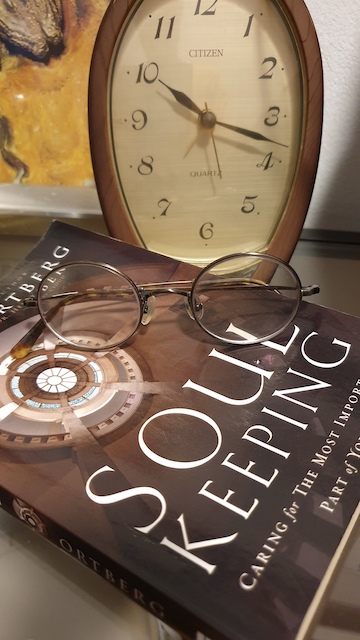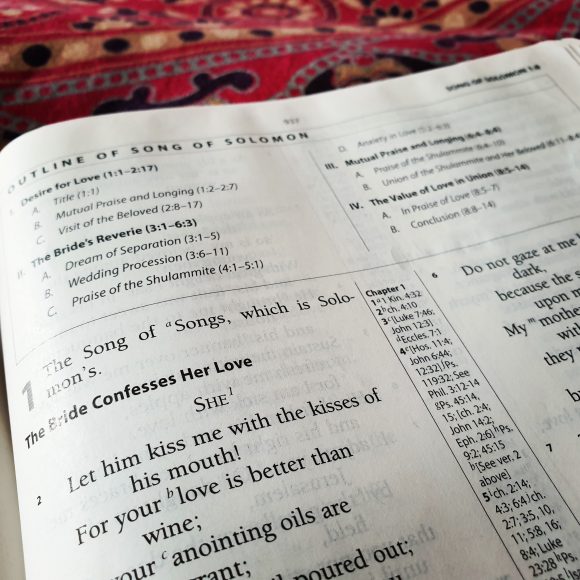I was dipping into a book titled “Soul Keeping” that Pastor Thomas gave me. John Ortberg is a gifted writer, and I must add a gifted preacher too for I had heard him live a few times. In the chapter on “The Soul Needs Rest” he writes about entering soul rest and how we can […]
What if you are not the type that can sit still and pray? Are alternatives to silencing the heart and resting the mind available? Yes. One is to go for a sensory stroll. A stroll is a short leisurely, slow walk. Not natural for most Singaporeans. According to surveys, we are some of the fastest […]
One day my daughter suggested that we fast once a week. Fasting was occasional for me – when there was a pressing need. Fasting as a regular spiritual discipline? I was game to try and so was my wife. We decided that our fast would begin after the dinner of the previous night. Then on […]
The “lectio divina”(Latin) or “sacred reading” is the bread and butter of my time with the Lord. It is the method I use the most. Maybe it is because of its familiarity. Most Christians who are familiar with the Quiet Time would see its resemblance to the four movements of lectio divina. In the past, […]



